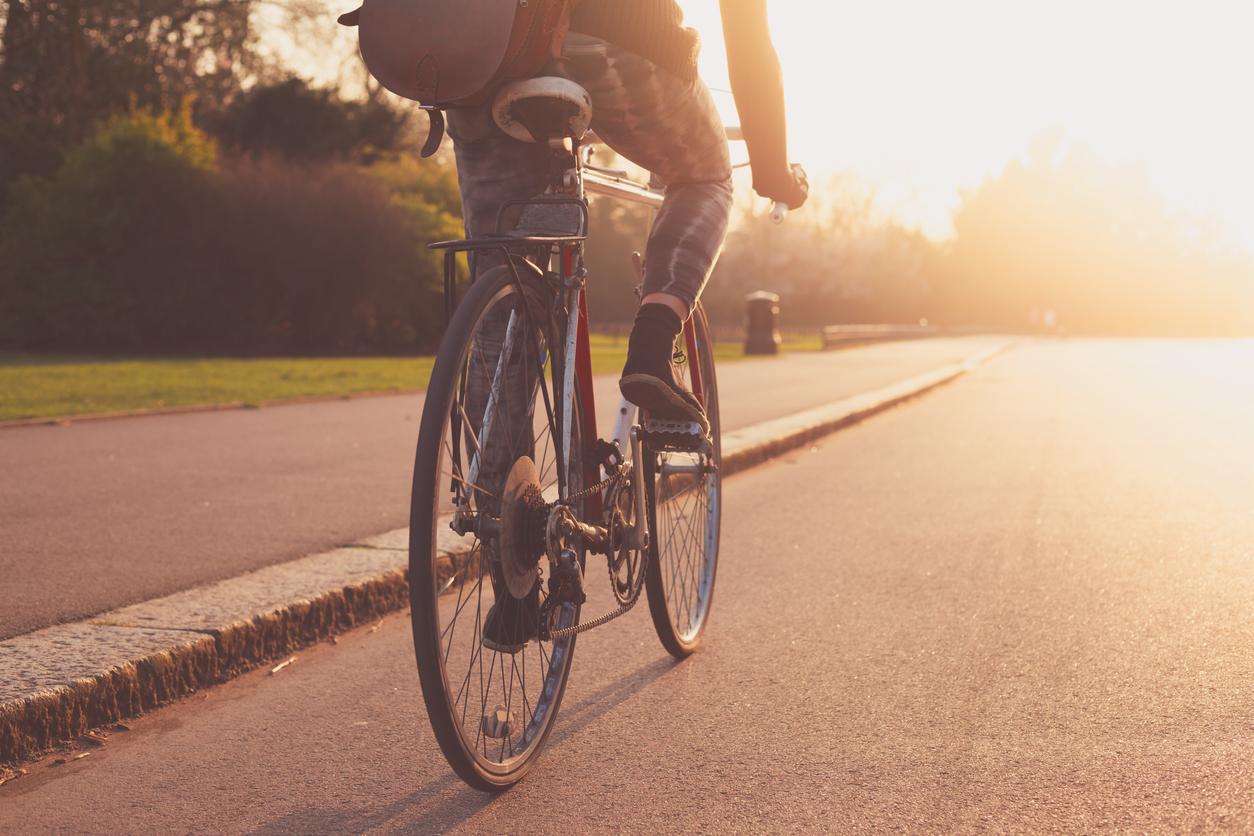Airparif, with the support of Afsset (French Agency for Environmental and Occupational Health Safety), measured the quality of the air breathed by cyclists according to the type of road layout used. Four trips in Paris served as a witness for the demonstration. The measurements were taken during last summer.
This vast survey shows that cyclists are less exposed than motorists to air pollution. This finding is all the more true for installations of the “cycle path” type. Conversely, cyclists circulating in the flow of cars are less protected.
For nitrogen dioxide, Airparif notes that it is better, in order of preference, to pedal on a cycle path, then in the bus lanes or on the lanes marked on the ground. Logically, it is in the flow of traffic that the air quality is worst.
For particles, the classification is drawn differently. Airparif notes that cyclists are less exposed by traveling on cycle paths and bus lanes, then by following the markings on the ground. Again, air quality deteriorates in the flow of traffic.
Three criteria influence the level of exposure. The general level of pollution in the neighborhood, the amount of traffic on the route taken and the distance between the traffic depending on the facilities dedicated to cyclists.
To limit exposure, Patrick Le May, coordinator of a project commissioned by Ciamt, the Inter-company and artisanal health center for work, on the exposure of bicycle delivery men, recommends cycling at a moderate pace to avoid hyperventilation, to breathe in through the nose and blow out through the mouth, to choose an axis less frequented by cars and more suitable for cyclists and to get off the bike and walk on the sidewalk “in case of related punctual respiratory discomfort to traffic “.

















